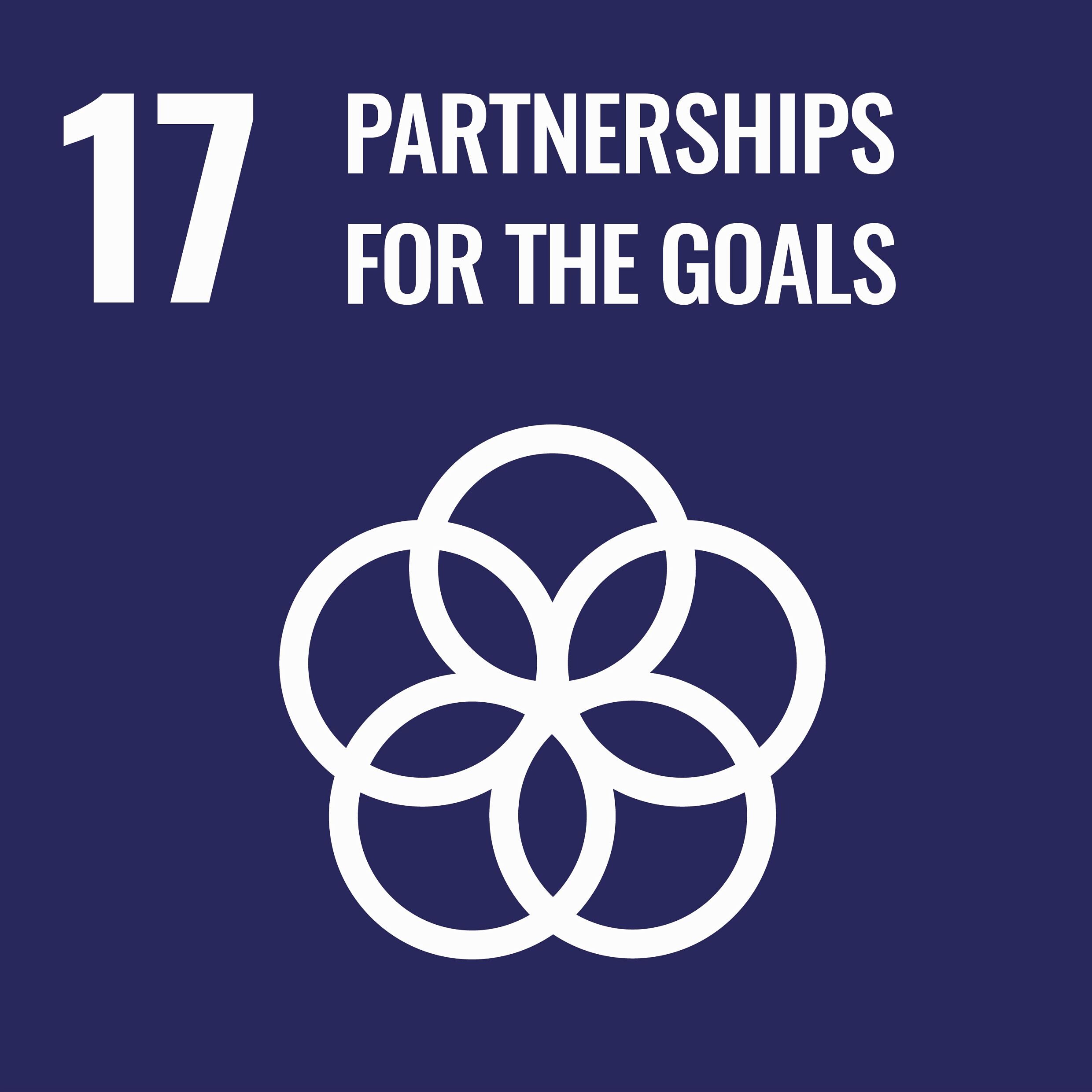Arkema fully committed to the United Nations’ 2030 agenda

Different kind of impacts
Our strategic contributions (see below) include:
- our R&D efforts related to our five innovation platforms: here, the goal is to increase our positive impacts, for example by providing materials to develop new energies ;
- our safety, environmental footprint and diversity commitments: here, we strive to reduce our negative impacts, notably by decreasing our production facilities’ carbon emissions ;
-
our commitments to diversity and responsible procurement.
Table of the Group’s contribution to the United Nations SDGs and their detailed targets
Here we take a closer look at eleven strategic contributions
SDG 3:
Good health and well-being
Arkema fully supports the chemical industry’s voluntary Responsible Care® initiative and considers safety and health to be core priorities. We have made them a cornerstone of our CSR policy. We take active measures to improve working conditions, including peer observation, ergonomic workstations, and safety briefings at the start of tasks and meetings.
Our initiatives have significantly reduced our accident rate per million hours worked* (TRIR) since 2012. Today, at 0.8, our TRIR is one of the lowest in the chemical industry.
*By Arkema and contractor employees working at our sites.
![]()
SDG 5:
Gender equality
Our industry is predominantly male. This is why we have adopted proactive objectives by seeking to increase the proportion of women in senior management from 23% to 25% to 35% by 2030 (compared to 30% in 2024), in order to promote gender diversity.
A number of initiatives have been introduced to support this goal, including a mentoring program to promote the advancement of women to higher and senior management positions. Participants are assigned a male or female senior-manager mentor, with whom they may freely discuss their career path trajectory.
SDG 6:
Clean water and sanitation
Arkema pursues an active policy of managing and reducing the impact of its operations including emissions into water.
Launched in 2016, our Optim’O program enables us to optimize water use, the efficiency of the water treatment process, the initial design of installations and our daily operation, through the use of advanced technologies and the development of innovative solutions. We aim to reduce water emissions (COD*) by 70% in intensity at our production sites between 2012 and 2030.
*Chemical oxygen demand
![]()
SDG 7:
Affordable and clean energy
The development of renewable and clean energies at reasonable costs is a great challenge to which Arkema is contributing with its materials. Kynar® fluoropolymers and carbon nanotubes lengthen the life of lithium-ion batteries and enhance their performance. We’re also developing Elium® thermoplastic resin to produce next-generation wind turbine blades made of fully recyclable thermoplastic composite. Lastly, several innovative technologies are being combined to make photovoltaic panels more efficient and durable: thus our Kynar® polymer films provide long-lasting panel-back protection.
Our global Arkema Energy program aims to reduce the Group’s net energy purchases by 25% in intensity by 2030.
SDG 8:
Decent work and economic growth
To reduce industrial accident risks at maximum, we aim to reduce the number of process-related events as much as possible.
Our goal is to achieve a process event rate (PER) of 2.0 by 2030. To achieve this, we are implementing both technical and human actions on process safety.
![]()
SDG 9:
Industry, innovation and infrastructure
Arkema solutions contribute to the development of digital technologies. Our nanostructured polymers support miniaturization, while our electroactive Piezotech® polymers, which change shape when stimulated by an electrical current, pave the way for functionalized, connected objects and numerous medical applications. These include blood pressure sensors and surgical guides precise to within one millimeter.
SDG 11:
Sustainable cities and communities
For sustainable buildings, Arkema R&D also focuses on specific materials and solutions. The integration of Bostik, followed by Den Braven, have broadened our portfolio of sealants, coatings, adhesives, mortars and grouts, all of which help insulate buildings thermally and acoustically.
At the Smart House, a connected, automated test home at the Bostik Smart Technology Centre in Venette, France, we study the challenges of tomorrow’s housing, collecting and analyzing data on environmental footprint, energy autonomy and efficiency, comfort and health.
![]()
SDG 12:
Responsible consumption and production
Produce materials from plants? It is possible: we have manufactured a wide range of high-performance bio-based polyamides (Rilsan®) from castor oil for 70 years.
The Group has also developed technologies for protecting glass bottles (Kercoat®) and masking scratches (Opticoat®) that considerably improve the appearance and longevity of bottles, making it possible to multiply by three the number of cycles of reuse of returnable bottles, particularly for beer manufacturers.
SDG 13:
Climate action
Reducing greenhouse gas emissions is essential. Arkema has developed lightweight, high-performance thermoplastic materials that can replace glass or metal in the automobile and aerospace industries. These materials reduce vehicle and airplane weight thereby reducing fuel consumption and carbon emissions.
In addition, with our climate plan, we’ve also committed to shrinking our corporate environmental footprint by reducing our Scopes 1+2 greenhouse gas emissions by 48.5%, and our Scope 3 GHG emissions by 67% by 2030, compared to 2019. In this way, we are on a trajectory aligned with the Paris Agreement to contain global warming to 1.5°C above pre-industrial levels.
![]()
SDG 15:
Life on land
To shrink our environmental footprint, we have comitted to reduce volatile organic compound (VOC) emissions by 65% in intensity between 2012 and 2030. This action limits the formation of tropospheric ozone, a super-oxidant that is harmful to flora and fauna.
SDG 17:
Partnerships for goals
Engaged in the Together for Sustainability (TfS) initiative since 2014, Arkema wants to strengthen its suppliers' responsible commitment. This global program is designed to encourage social responsibility across the chemical industry service chain.
At the end of 2023, more than 2,000 of the Group’s suppliers and subcontractors had been assessed by TfS. By 2025, we aim to achieve 80% of procurement from appropriate suppliers covered by a TfS assessment.

